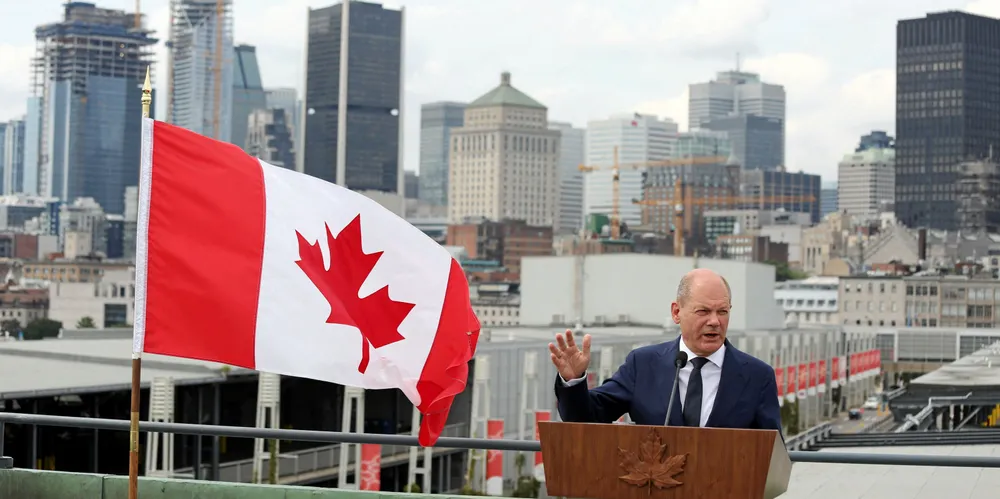'Warp speed away from Russian energy' as Germany seals Canadian green hydrogen pact
First shipments of ammonia made from renewable H2 to Europe's largest economy foreseen 'as early as 2025' as countries seek to build transatlantic supply chain

First shipments of ammonia made from renewable H2 to Europe's largest economy foreseen 'as early as 2025' as countries seek to build transatlantic supply chain
